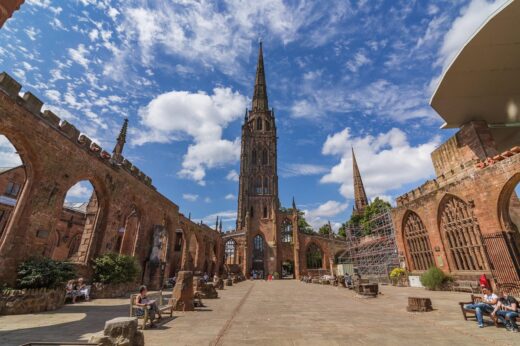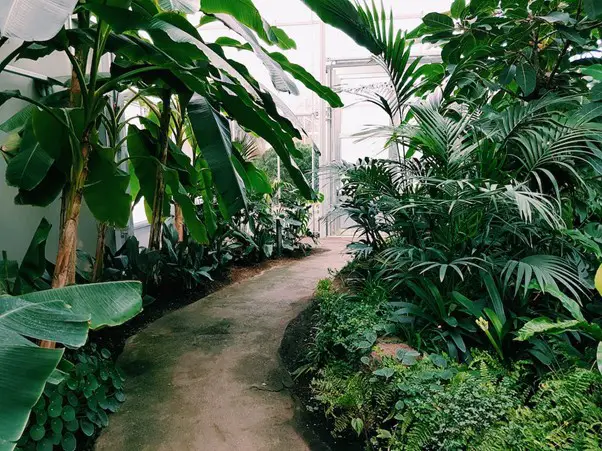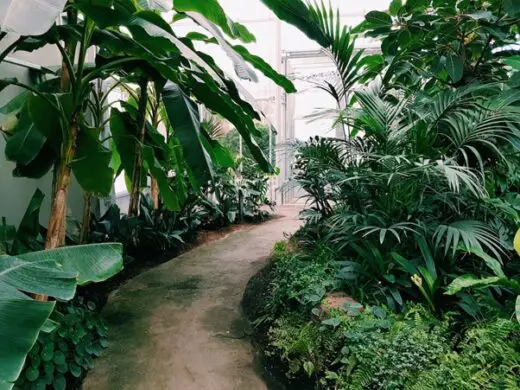More nature in architecture and design tips, Property planting guide, Home plants advice
Let’s incorporate more and more nature into our architecture and design
4 October 2022
For centuries, plants and flowers have been a source of inspiration for designers and architects. Wallflower design studios are inspired by historical styles and old craft techniques. In consultation with clients, they strive to create a design with intimacy and wonder.
Wallflower design studios have studied the history of vegetation patterns and translated them to the present time. Together with photographers, they have created beautiful compositions of flowers that can be used as wallpapers.
By incorporating façade greenery into your designs, the building blends beautifully into its surroundings and varies with the seasons. You can literally and figuratively bring “life” into the environment without sacrificing earth’s surface.
This requires a different approach to facades and architecture. An architecture that responds to the possibilities of the green facade and uses them to the full. Which creates the surprise effect between nature and culture. Because plants and patterns can be tailored to your project, there are many creative possibilities and it makes your design unique.
Design possibilities
With experience as architects, we all know the ins and outs of the system we have developed. They solve technical and constructive questions together with you. The system can be used as an exterior cavity wall, interior wall and even as a free-standing garden wall.
You can even design your entire building in a sustainable and possibly energy-neutral manner in which, of course, the green wall is fully utilized in the architecture. Many architects like to think along with you in the flower design.
Planting possibilities
A wall that reflects the seasons like nature. Because of the options this is not a problem. You can create a green wall that is always green, summer and winter, with no leaf loss. But with a planting system, this is not a necessity at all. Even when the blocks become visible among some balding plants, the wall still looks great. What about a deliberately chosen design that leaves parts of the wall uncovered?
The system that architects create guarantees good and natural root possibilities, which keeps planting in to a minimum. The numerous planting possibilities are obviously different for exterior walls than for interior walls. With exterior walls, a wide range of plants is suitable including shrubs, grasses, ferns and flowering plants. In addition, herbs, strawberries or flowers can be grown in the wall.
This offers prospects for “urban gardening” in the petrified environment. Interior walls more often use (sub)tropical plants. In the development of the green wall, various planting motifs and plant types will be suggested by designers. Flowers birthday or a christmas flowers bouquet or not always handy to implement in a wall structure but these kinds of flowers can be integrated in your home design.
Structural
A green facade is constructed from patented concrete blocks from which a wall or facade can be glued or sustainably (C2C) stacked. Irrigation pipes are watered and fed by a stand alone or web-based installation. Vertical cavities in the stone are filled with substrate while planting is placed in the openings at the front. The system can be used as an exterior cavity wall, interior wall and even as a free-standing garden wall.
Comments on this guide to More nature in architecture and design article are welcome.
Building Tours Selection
British Architectural Walking Tours

Danish Architecture Walking Tours
Dutch Architectural Walking Tours
Comments / photos for our More nature in architecture and design advice advice article welcome


